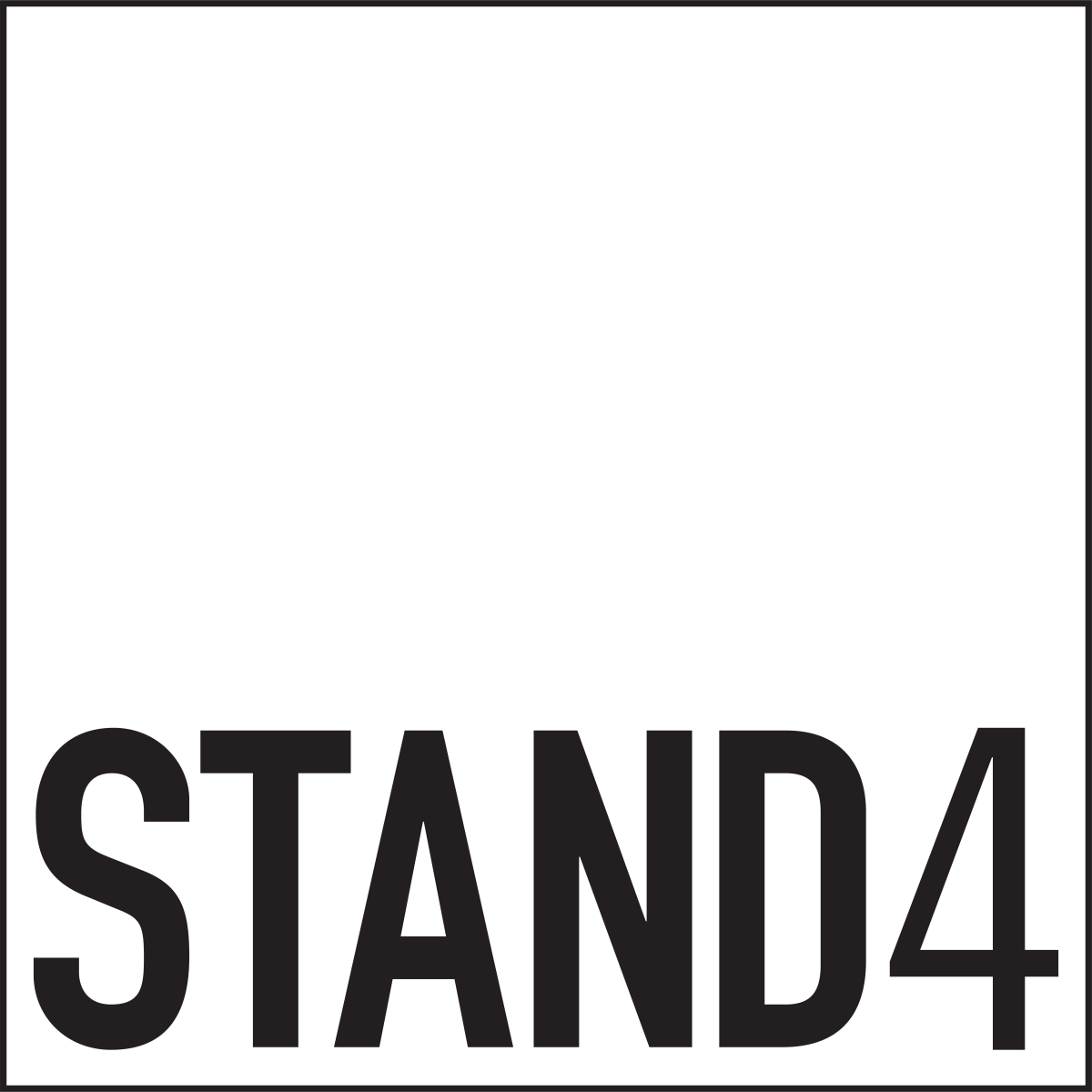The Carbon Imaginary
Isabella Jacob, Jemila MacEwan, Kai Franz
September 11 — October 31, 2020
curated by Jeannine Bardo and John Ros
CATALOGUE PDF | PURCHASE PRINT-ON-DEMAND CATALOGUE
PRESS RELEASE | EXHIBITION CHECKLIST
EVENTS
Friday, September 11, 2020, 7-9PM
OPENING RECEPTION
Saturday, October 10th @ 1PM
Discussion on Isabella Jacob’s work and science with Dr. Klaus H Jacob, Seismology, Geology & Tectonophysics
Saturday, October 24th @ 3 PM
Human Meteorite Reading and Q&A with Jemila MacEwan
Saturday, October 31st, 12-3 PM
CLOSING RECEPTIONSaturday, October 31st @ 1 PMArtist Talk with Kai Franz — CANCELLED
The Carbon Imaginary would then be the pulsing scarred region between Life and Non-life- an ache that makes us pay attention to a scar that has, for a long time, remained numb and dormant, which does not mean unfelt.
— Elizabeth Povinelli, Geontologies, A Requiem to Late Liberalism
Stand4 Gallery and Community Art Center is pleased to present The Carbon Imaginary, curated by Jeannine Bardo and John Ros and featuring works from Isabella Jacob, Jemila MacEwan and Kai Franz.
Do rocks listen? Can rocks die?
In our current age of the Anthropocene, a disputed term used for the geological epoch during which human activity has been the dominant influence on Earth’s climate and the environment, anthropologist and critical theorist Elizabeth Povinelli, asks the above questions as a challenge to the destructive systems of settler colonialism, a form of colonialism that seeks to replace the Indigenous population with the settler population, and late liberal capitalism by bringing into focus the relationship between Nonlife entities and Life.
Povinelli posits The Carbon Imaginary as an “in between”, what exists between Bios (Life) and Geos (Nonlife). This “in between” is the separation we have formed by elevating Bios and commodifying Geos as if they are separate entities instead of parts of the whole, an assemblage of living and nonliving substances that breathe in and out as one.
We need a language of the ages, an understanding of the past, an informed knowledge of the present and humanity’s role in the current collapse of ecosystems and a high regard for what that future that will be.
The artists of The Carbon Imaginary have their own aesthetic language that speaks of/ to and for elements of the Geos and the human connection to non-life entities through artistic process and use of materials. Their work inhabits “the pulsing scarred region between Life and Nonlife” and makes us pay attention — by contributing their own literacy to the language of the Geos.
Isabella Jacob, born and raised in New York City, studied at Pratt Institute with Jacob Lawrence earning a fine arts degree in 1962.
Aware of the importance of making art from an early age, Jacob seriously embarked on exploring collage and landscape in the late 1960’s. Focusing on the tactile qualities of engaging with and manipulating a variety of found papers has led to the creation of a large body of work. The collages are in many private collections and have been exhibited in museums and galleries internationally.
Jemila MacEwan is an interdisciplinary artist living and working in New York. They received a Master of Contemporary Art at the University of Melbourne, Australia. MacEwan was born in Scotland to Sufi parents, and immigrated to Australia as a child, where their upbringing intertwined scientific, mythological and spiritual ways of learning from the land. They continue to draw connections between people and place; material and culture; spirituality and experience. MacEwan is known for their intimately interwoven earthworks, sculptures and performances that build mythological narratives around meteorites, volcanoes, fault-lines and melting glaciers. These stories engage with the emotional complexity of humanity’s destructive impact, to the planet and to itself, as a way to understand what it means to be human within the Holocene extinction. For us to meet the challenges brought on by a world in change, MacEwan asserts we must unravel the layers of denial that separate humans from the natural environment to recognize nature as a diverse network of powerful and animated forces, that deserves our attention, trust and respect.
Kai Franz was born in Cologne, Germany. Today he lives and works in Providence, RI and sometimes Berlin. Franz’s work could be seen as “an archaeology of digital architecture” that manifests in machine produced drawings, sculptures, films and architecture. Questions of authorship are at the heart of Franz’s practice. His work aims to triangle concerns of minimalism and abstract expressionism with the current algorithmic condition.
Franz studied architecture at RWTH Aachen, Germany and at ETH Zurich, Switzerland. He worked for OMA/Rem Koolhaas in Rotterdam and New York. As a Fulbright fellow, he enrolled in an MFA program at RISD. In 2012, Kai graduated from the Masters program in architecture at Princeton University. Since 2007 Kai has taught in architecture and the fine arts at ETH Zurich, McGill University and Princeton University. Today Kai is an Assistant Professor for Spatial Dynamics in the Division of Experimental and Foundation Studies at RISD.
